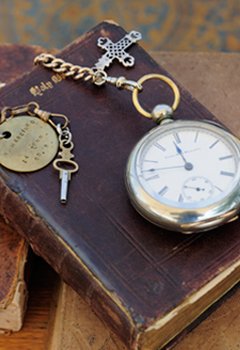
National Park Service
"The army is not properly equipped for an invasion. It lacks much of the material of war, is feeble in transportation, the animals much reduced, and the men are poorly provided with clothes, and in the thousands of instances are destitute of shoes."
~Robert E. Lee to President Jefferson Davis, Sept. 1862
When a copy of Lee's plans came into the hands of George McClellan the Confederates faced disaster.
"I have all the plans of the rebels and will catch them in their own trap."
~George B. McClellan to President Abraham Lincoln, Sept. 1862
These are the stories of that summer…
Showing results 1-5 of 16
-
A Most Horrid Picture

When the war began, medical practitioners were only beginning to understand the benefits of cleanliness and good sanitation. As a result, two out of every three deaths in the Civil War were caused by disease rather than injury. Caregivers like Clara Barton, the "Angel of the Battlefield" brought food and supplies to the soldiers and inspired new hope and life to the injured and dying. Read more
-
Antietam National Battlefield
A Savage Continual Thunder
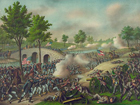
In September 1862 Confederate Gen. Robert E. Lee crossed the Potomac River and invaded northern territory, hoping that a major victory on Union soil would encourage European recognition of the Confederacy, and force the north to sue for peace. At the same time, President Lincoln hoped for a Union victory that would provide him with the opportunity to issue the Emancipation Proclamation. Read more
-
Antietam National Battlefield
A Short Overview of the Battle of Antietam
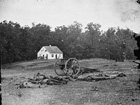
A brief overview of the Battle of Antietam Read more
-
Born of Earnest Struggle
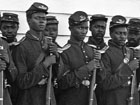
When the Civil War began President Lincoln's primary concern was preventing the fracturing of the nation. But in 1862, with a shaky northern economy, fading optimism for victory, and growing fears of foreign intervention, Lincoln began to see freeing the slaves, not as a constitutional dilemma or a moral choice, but as a way of regaining momentum in the war. Read more
-
Death of a Brigade
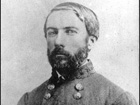
How Confederate General D. H. Hill lost so many men at South Mountain Read more
